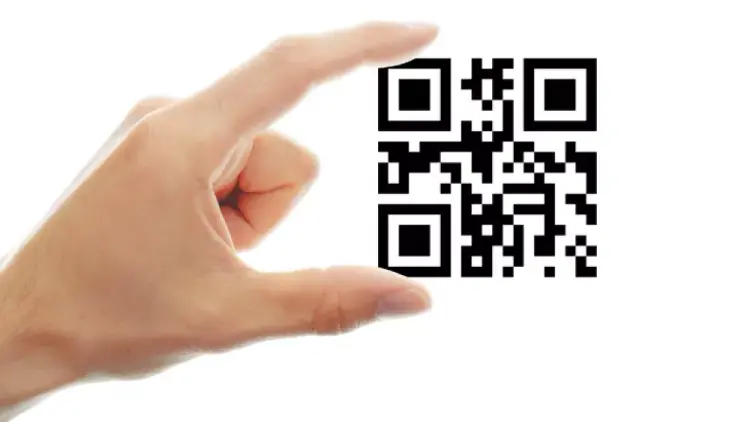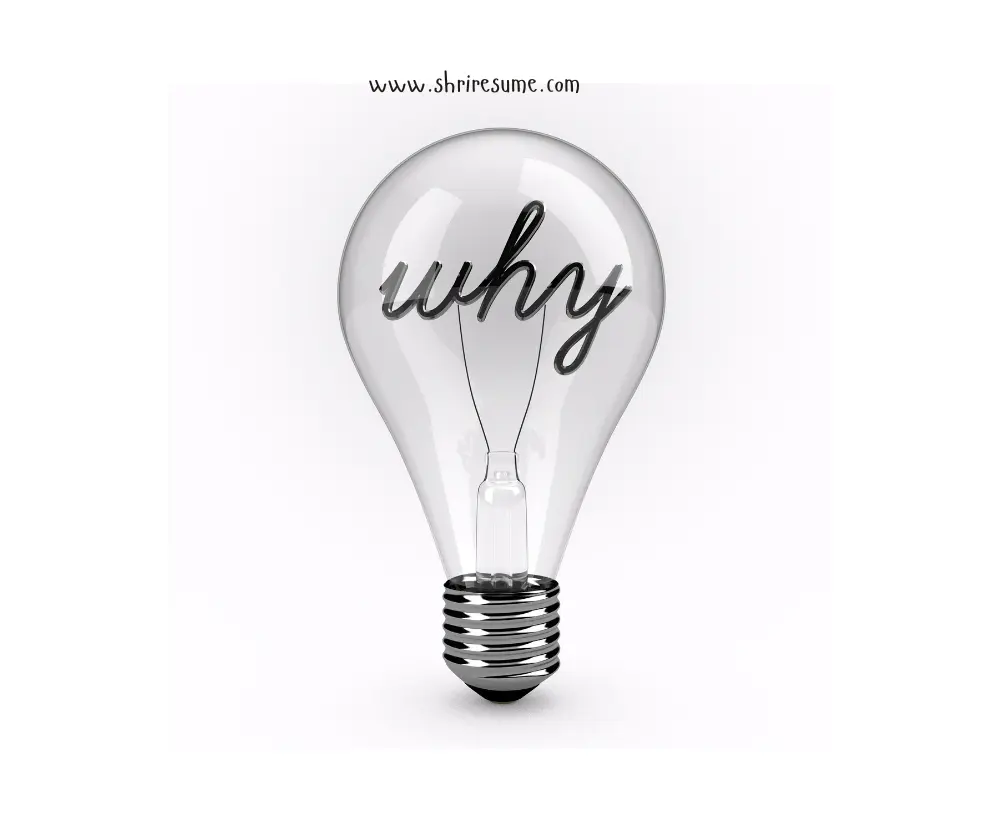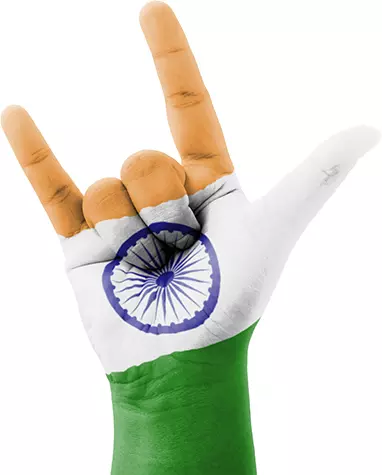📱 Why and How to Include QR Codes on Your Resume

In today’s competitive job market, job seekers need every advantage to stand out. Traditional resumes are effective, but they often fall short of showcasing your full potential. One modern and innovative way to enhance your resume is by adding a QR code. With a simple scan, a hiring manager can view your portfolio, LinkedIn profile, video introduction, certifications, or any other content that highlights your strengths.
This blog explains why QR codes belong on resumes, the benefits and potential drawbacks, and how to use them effectively to boost your chances of getting hired.
🔍 What Is a QR Code?
A QR code (short for Quick Response code) is a type of barcode that can be scanned with a smartphone camera. When scanned, it takes the user directly to a URL, PDF, image, or even contact information. In the context of resumes, QR codes allow recruiters to quickly access extra information that’s difficult to fit into a one-page format.
For example, a single code can lead to:
- Your LinkedIn profile
- Online portfolio
- GitHub account (for developers)
- Resume video or personal elevator pitch
- A personal website with testimonials
💼 Why You Should Add a QR Code to Your Resume

✅ 1. Show Off Your Professional Brand
Your resume gives a summary of who you are, but it’s limited in space. A QR code gives you the chance to expand on your brand. By linking to a website or portfolio, you let the hiring manager see your work in real time. This is especially useful for designers, marketers, writers, and other creative professionals.
✅ 2. Prove You’re Tech-Savvy
Including a QR code reflects your digital awareness. It sends the message that you’re modern, resourceful, and know how to use current technology to your advantage — a plus for almost any role today.
✅ 3. Save Space on Your Resume
One of the hardest parts of resume writing is fitting your experience and achievements into a compact format. A QR code allows you to add rich content without crowding the page.
✅ 4. Make It Easy for Recruiters

Recruiters love convenience. If they can scan your resume and instantly see your work or connect with you on LinkedIn, it removes barriers and improves your chances of moving to the next stage.
🛠 How to Add a QR Code to Your Resume
Step 1: Choose the Right Destination
Pick a link that enhances your application:
- LinkedIn for professional history and endorsements
- GitHub for project showcases
- Personal website for case studies or blogs
- YouTube or Loom for a short video introduction
Make sure the content is up-to-date, relevant, and professional.
Step 2: Use a Trusted QR Code Generator
There are many free tools available, including:
Choose one that allows you to:
- Customize the color or shape
- Download in PNG or SVG format
- Label the code (e.g., “Scan to view my portfolio”)
Step 3: Place It Strategically
Position your QR code:
- Near your contact information
- At the top corner of your resume
- Or in a dedicated section labeled “Extras” or “Interactive Content”
Size matters — it should be large enough to scan (minimum 1 inch x 1 inch), but not so big that it overpowers the page.
⚠️ Pros and Cons of Using QR Codes
| Pros | Cons |
|---|---|
| Modern and tech-friendly | Some recruiters may ignore or skip it |
| Saves space on your resume | Requires internet access |
| Makes your resume interactive | QR code links must stay updated |
| Showcases more information | ATS systems do not recognize QR content |
Tip: Always keep traditional contact info too. QR codes should supplement, not replace.
🧠 Best Practices for Resume QR Codes
- Test your QR code before sending your resume out. Make sure it works on Android and iOS.
- Use a short and clear label so readers know what they’re scanning.
- Avoid overuse — one QR code is enough.
- Ensure your resume still works without it, in case someone doesn’t scan.
- Keep visual consistency — match the code’s color or style with your resume template.
💡 Bonus: Track Resume Engagement
If you use a dynamic QR code generator (like Beaconstac), you can:
- Edit the URL even after printing or sending the resume
- View scan data (how many people scanned, from where, on what device)
This feedback is valuable in knowing whether your resume is getting attention.
📌 When Not to Use a QR Code
Avoid QR codes if:
- You’re applying in traditional industries like law or government
- You have no relevant content to link to
- The company uses text-only Applicant Tracking Systems
- Your resume design is already too crowded
✨ Final Thoughts
Adding a QR code to your resume can be a powerful strategy if you want to leave a lasting impression, especially in digital, tech, creative, or marketing fields. It adds interactivity, shows your personality, and makes it easy for hiring managers to learn more about you. However, it should be used thoughtfully — only include a QR code if the content it links to truly adds value to your candidacy.
Done right, a QR code could be the small touch that gives you the big break.

Get a higher quality resume format
Our Resume Builder ensures best practices, logic, formatting standards and job matching opportunities from thousands of job boards and portals around the world.
By clicking Start Your Resume, Your are agree to our Terms of use and Privacy Policy
 India's
premier resume service
India's
premier resume service






